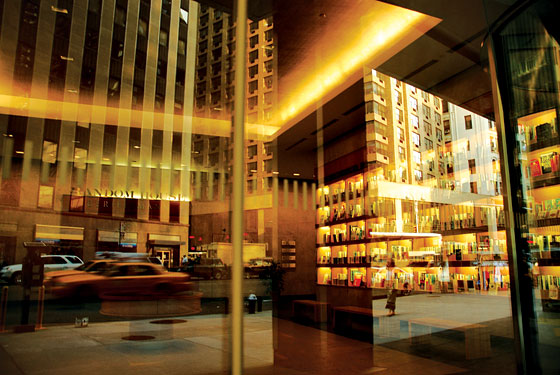
How It Works: “Many books are unprofitable,” says CEO Peter Olson. Fifteen to twenty best sellers at a time and a huge volume of steadily selling older titles support Random House, a unit of German media giant Bertelsmann. Every week, the country’s biggest trade publisher releases 67 new books, but it’s the the 33,000-book backlist (Ian McEwan’s Atonement, for example) that supplies 80 percent of its profit. Random House editors pay advances to authors of as much as $10 million (it helps to have the last name “Clinton”), and as little as $7,000.
New York Employees: 1,500.

Annual Revenue: $2.3 billion ($230 million is profit).
Sources of Revenue: Fiction: 55 percent; how-to, nonfiction, lifestyle: 22 percent; children’s: 20 percent; Christian: 3 percent. Under 10 percent of profits come from top-ten titles such as The Audacity of Hope, by Barack Obama.
Overhead Costs: Two thirds of Random House’s income comes from paperbacks, which retail for about $10. Of that, $5 goes to the retailer; $2 covers Random House buildings and staff; $1.50 goes to author payments; $1 goes to paper, printing, and binding; 50 cents is profit.
Best Ways to Make Money: Underpay writers. “The most-profitable books are highly successful authors early in their career with a contract that doesn’t reflect their success,” says Olson. Some writers sign multi-book contracts, which pay off big if the first book’s a blockbuster.
Added Value: “Publishing is much less consolidated than any other industry,” says Pat Schroeder, president of the Association of American Book Publishers. Random House is the largest of the dozen major commercial publishers, which gives it a strong negotiating hand against the three key retailers, Barnes & Noble, Borders, and Amazon, which sell over half of all books.
New Yorkonomics: Printing and publishing has been a big industry in the city since the early 1800s, when New York publishers were the first American printers with access to pirated English best sellers. The book business is about selling ideas, which makes it an ideal match for New York City, since density makes it easy to exchange ideas and ideas don’t take up much space. Here, Random House gets access both to the city’s bevy of idea producers and packagers—writers and agents.